I have played with software defined radio using cheap DVB-T stick for some time. Receiving radio transmissions is interesting, but it works also for other applications. By reading RTL-SDR Tutorial: Measuring filter characteristics and antenna VSWR with an RTL-SDR and noise source article I understood that I could use my RTL-SDR stick for many RF measurements if I get a suitable RF noise source.
I first decided to try some ideas for generating wideband noise (zener diodes, transistors, noisy amplifiers). But I failed to get satisfactory results on my test. So next I decided that I should get a ready made noise source – something that is claimed to be of some decent quality by some other people than just the seller. I found two product at reasonable price (less than 20 Euros) at Banggood: DC 12V SMA Noise Source Simple Spectrum External Generator Tracking Source Module With Case and DC 12V Noise Source Simple Spectrum External Generator Tracking Source SMA.
I selected to buy DC 12V SMA Noise Source Simple Spectrum External Generator Tracking Source Module With Case because I needed to have some kind of case to protect the circuit. The product web page gives the following technical data for the product:
1 x Spectrum External Generator Tracking Source(With Case)
Size: 85x55x25mm
Case Color: Clear
Material: Plastic + Metal
Power: DC12V/0.3-1A
Output Connect: SMA
Reference ENR: 0.1G/60DB 0.5G/55DB, 1G/52DB, 1.5G/48DB 2G/38DB 2.5G/30DB, 3G/27DB, 3.5G/20DB
Q: what is this? What is used for?
A: noise source, generator noise, used tracking generator, jam source
Q: what is the basic principle and how to use?
A: used special voltage regulator tube, generator white noise and then amplifier. Directly replace tracking generator.
Q: what is ENR?
A: ENR (Excess Noise Ratio), noise sources over standard noise temperature T0 thermal noise. Here refers to the difference of no input noise source and input noise source signal level.
After few weeks of waiting (the time for slow and cheap post to deliver packet from China) I received the kit: It consists of ready built circuit board, laser cut plastic case pieces and screws all in plastic bags.
Here is a close look at the board. The circuit board comes assembled. The circuit board design on this side looks pretty nice and well built.
The PCB is so clean you can deduct the schematics at glance. A zener diode produce noise and three cascaded MMIC to amplify it. That’s pretty classic design for noise generator seen on application notes.
A small attenuator is placed at the output, possibly to keep the load impedance at reasonable MMIC operating range no matter what is connected to the output – this being a lab instrument for testing, so it is propable that it will see during normal operation both open circuits and sometimes short circuits (and anything between) connected to the output.
Web page Modifying BG7TBL noise source gives an overview of an older 24V DC powered very similar noise source design. Compared to that design, my circuit board different looking MMIC amplifiers and an extra switch mode power supply. It seems that I have the so called New model of BG7TBL noise source.
The MMIC amplifiers on my circuit board seem to have code BB5Z in them, that seems to indicate base on some Google searches that they are Sirenza Microdevices’ SBB-5089 is a high performance InGaP HBT MMIC amplifier that has about 15-20 dB gain. The amplifier seem to be powered from 12V power source through 100 ohms resistor and RF coil.
The switch mode power supply seems to be making higher voltage for noise generating zener diode section of the circuit. One Anonymous comment at Modifying BG7TBL noise source page says: “I just measured a 2014 12Volt version of the BG7TBL. See Aliexpress. Check for 2014… on the photograph. Price is 2..3 € higher. It has a step-up converter to generate 39 Volts on the zener diode. Flatness is quite good.”
Backside of the circuit board does not have any components
Before taking the board to use, I decided that have to verify that it works as it is promised as with cheap Chinese hardware you never know what you exactly get before you have tested what you got. So I put it on the test with RF laboratory instruments I had access to. I powered the device with regulated 12V DC power supply.
Here are the lab measurement results from spectrum analyzer. The result is that the noise output is reasonably flat (somewhat drops in level) up to around 1.7 GHz (maximum frequency my DVB-T tuner stick tuner works well at). The noise generator capable of reaching 3GHz+ but the signal is at higher frequencies considerably attenuated (still useable).
After lab measurements I knew that the device worked. Now you only need to place it in the acrylic case provided. It was quite easy task of putting together several pieces of laser cut acrylic plastic with several screws. Device is now ready.
Some comments on the product web page say that the device gets very HOT requires cooling fan. I decided to test on this claim. When I left device on for around 15 minutes and then measured the temperature. The plastic case felt somewhat warm. I measured around 40 degrees celsius with IR thermometer on the case (I did not check how hot the board inside got this time).
I also measured the current consumption. It was slightly lower what on the given data: According to my measurements the device takes around 220 mA from 12V C source.
The selection of plastic case material is a kind of trade off that I think works here well. Transparent acrylic case looks nice and protects the device mechanically. On the other hand it does not provide any RF shielding that is typically desired on RF circuits – the circuit board seem to work OK without metal case (I saw only quite small amount of FM signal leakage from nearby transmitting tower). On the other hand having plastic case reduces the risk of oscillations (Put a high gain amplifier inside a cavity and you will get a nice oscillator easily).
The end vedict is that DC 12V SMA Noise Source Simple Spectrum External Generator Tracking Source Module With Case seem to work as promised. Not I have tools to start doing RF measurements. But how to do measurements I plan to write on some later post in this blog.
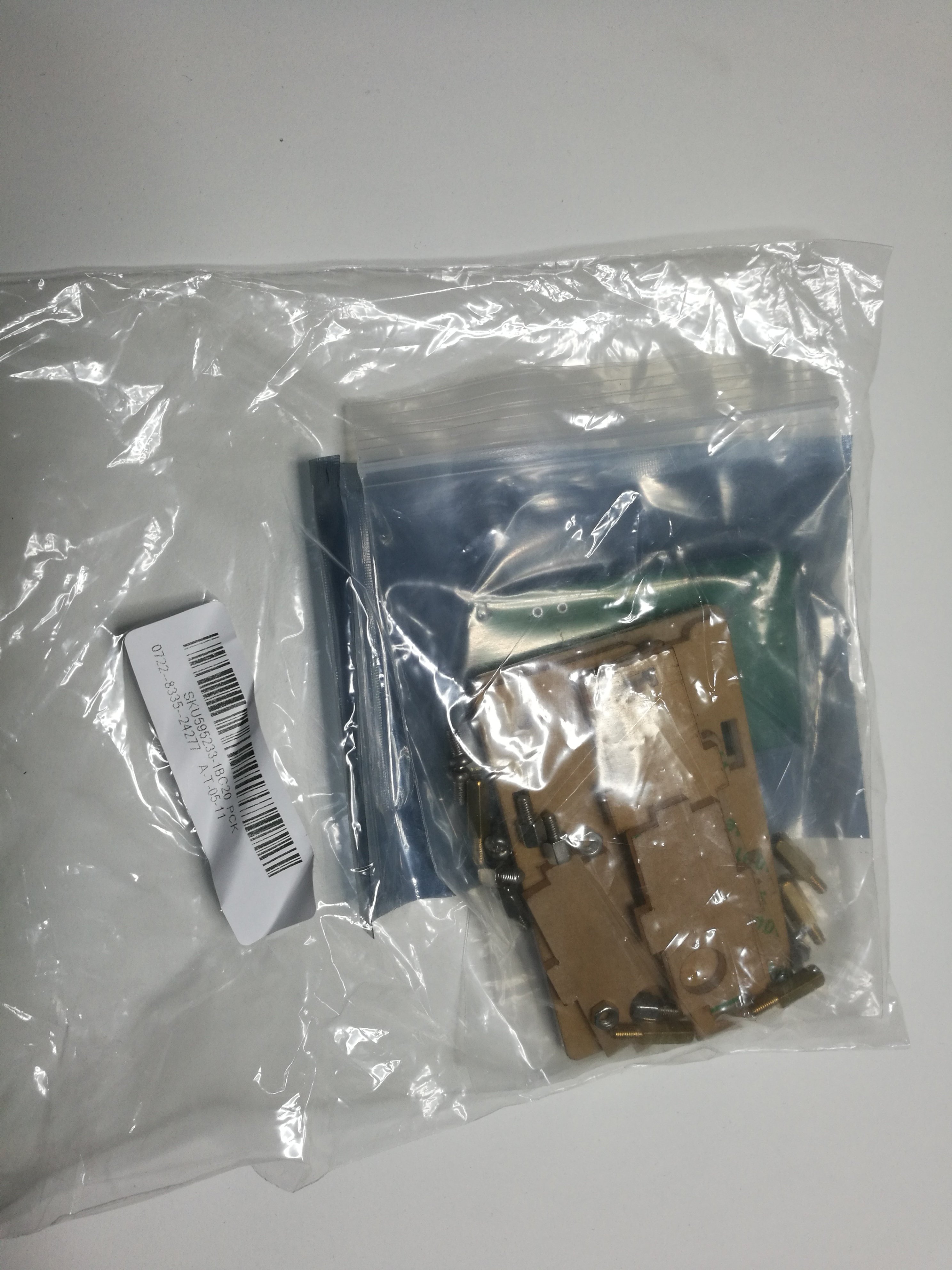

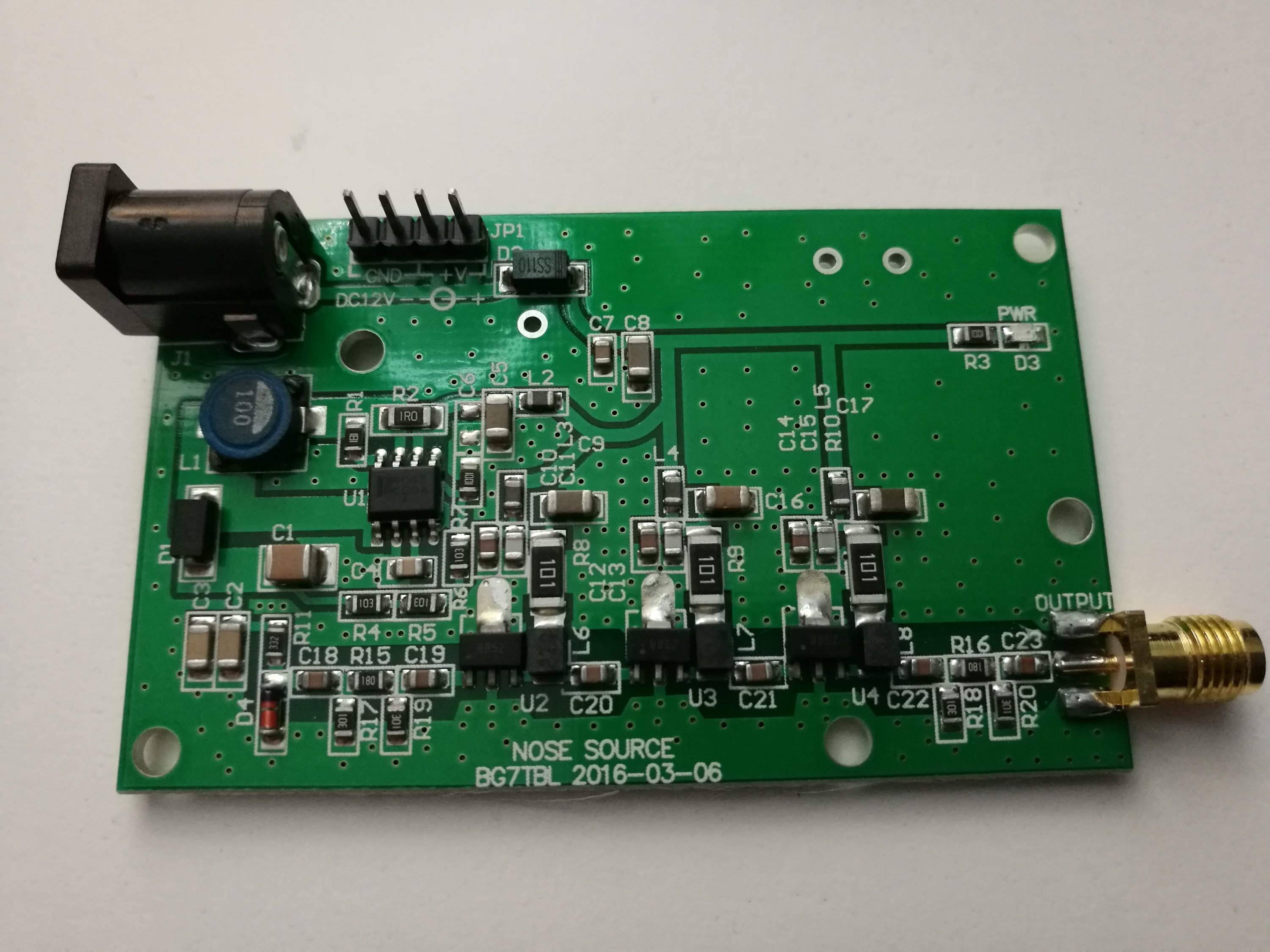
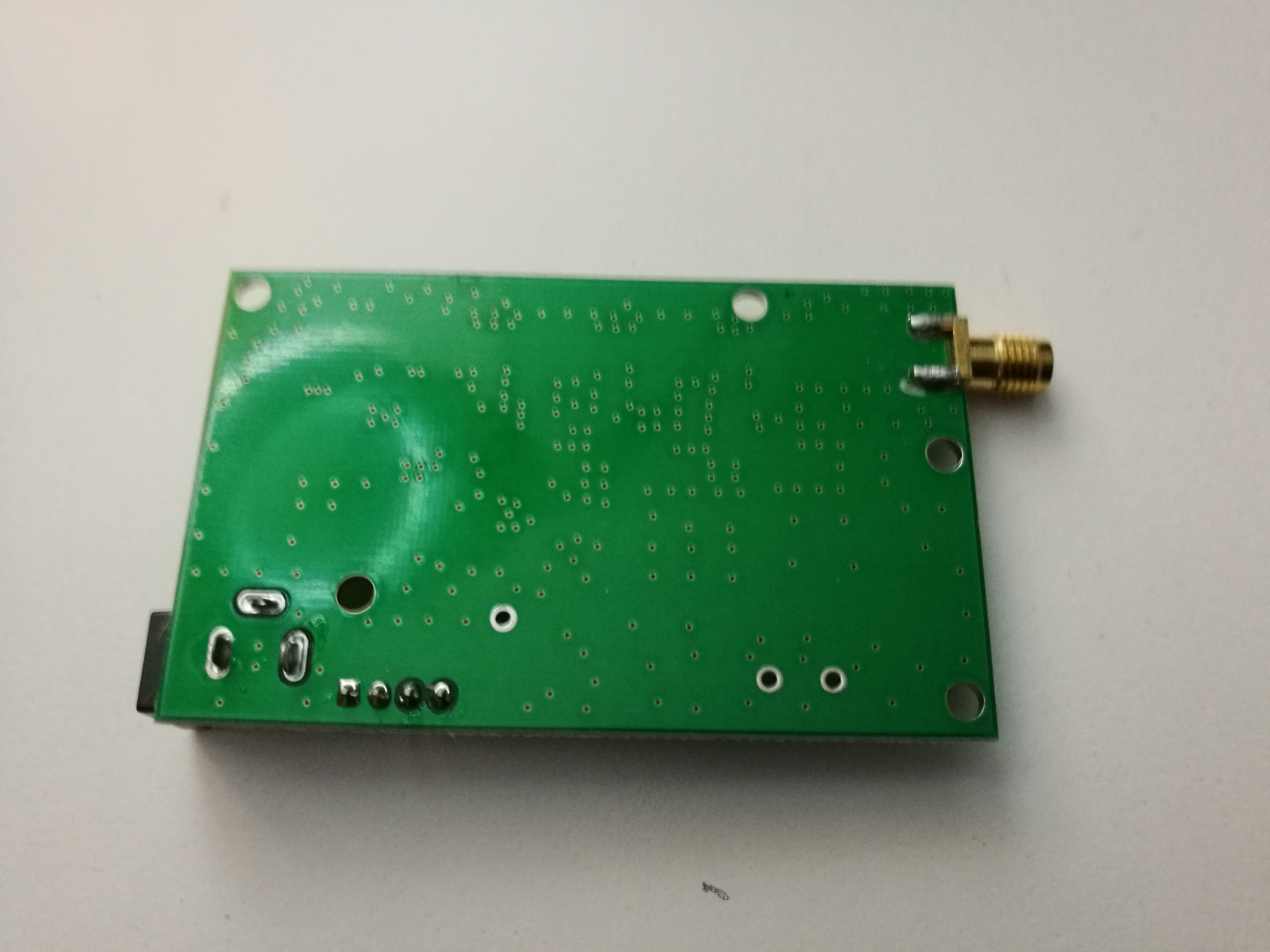
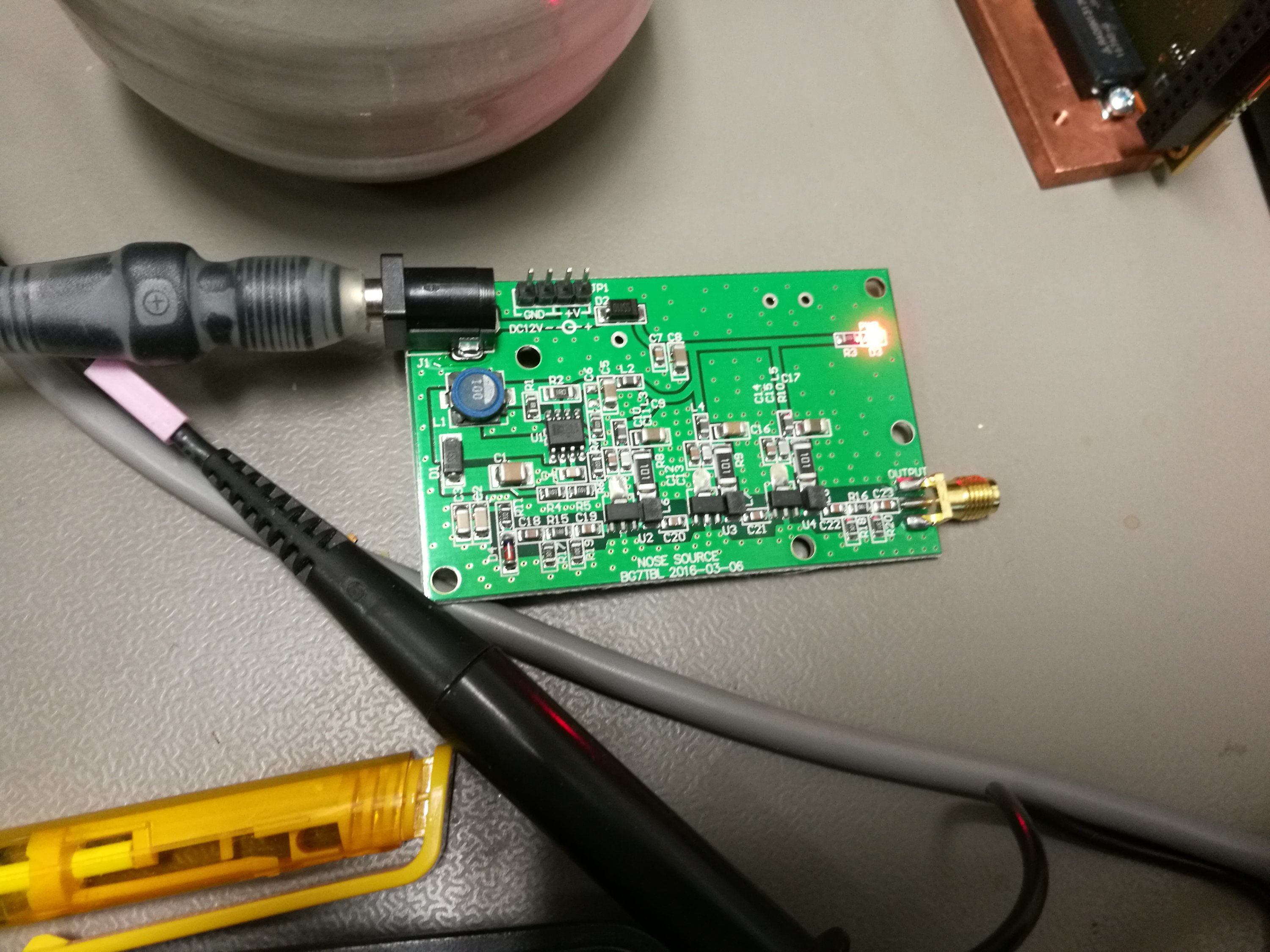
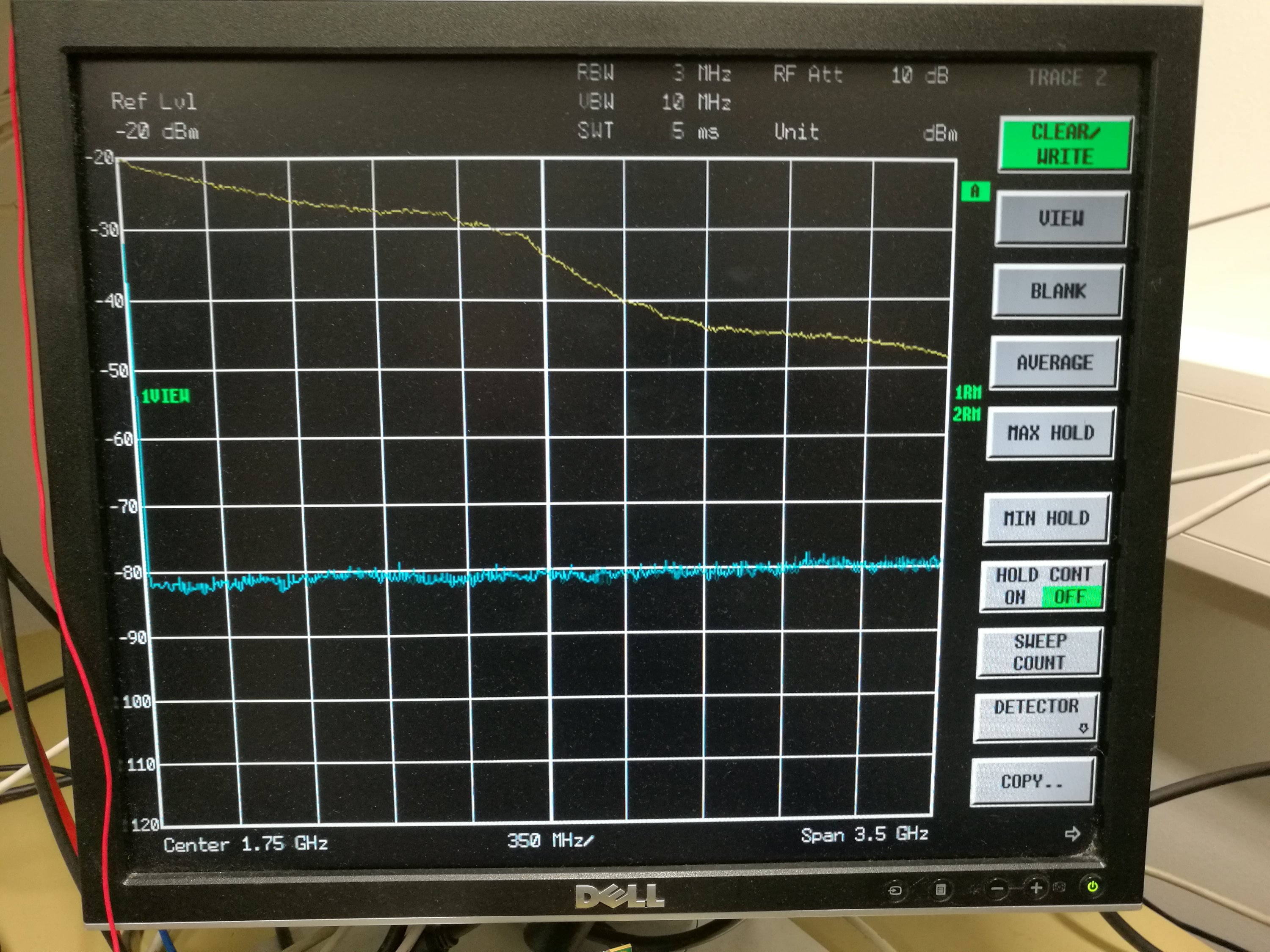
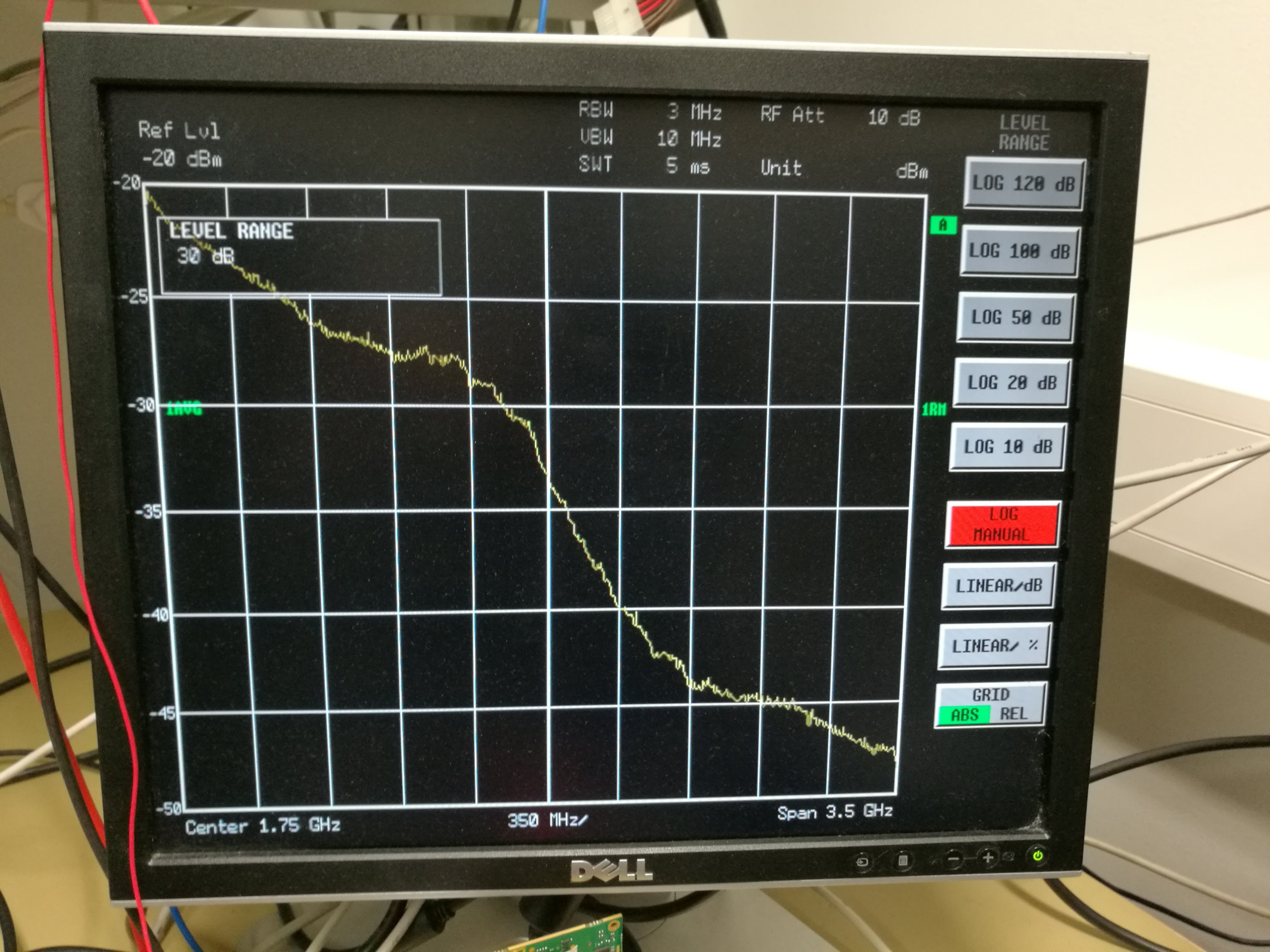
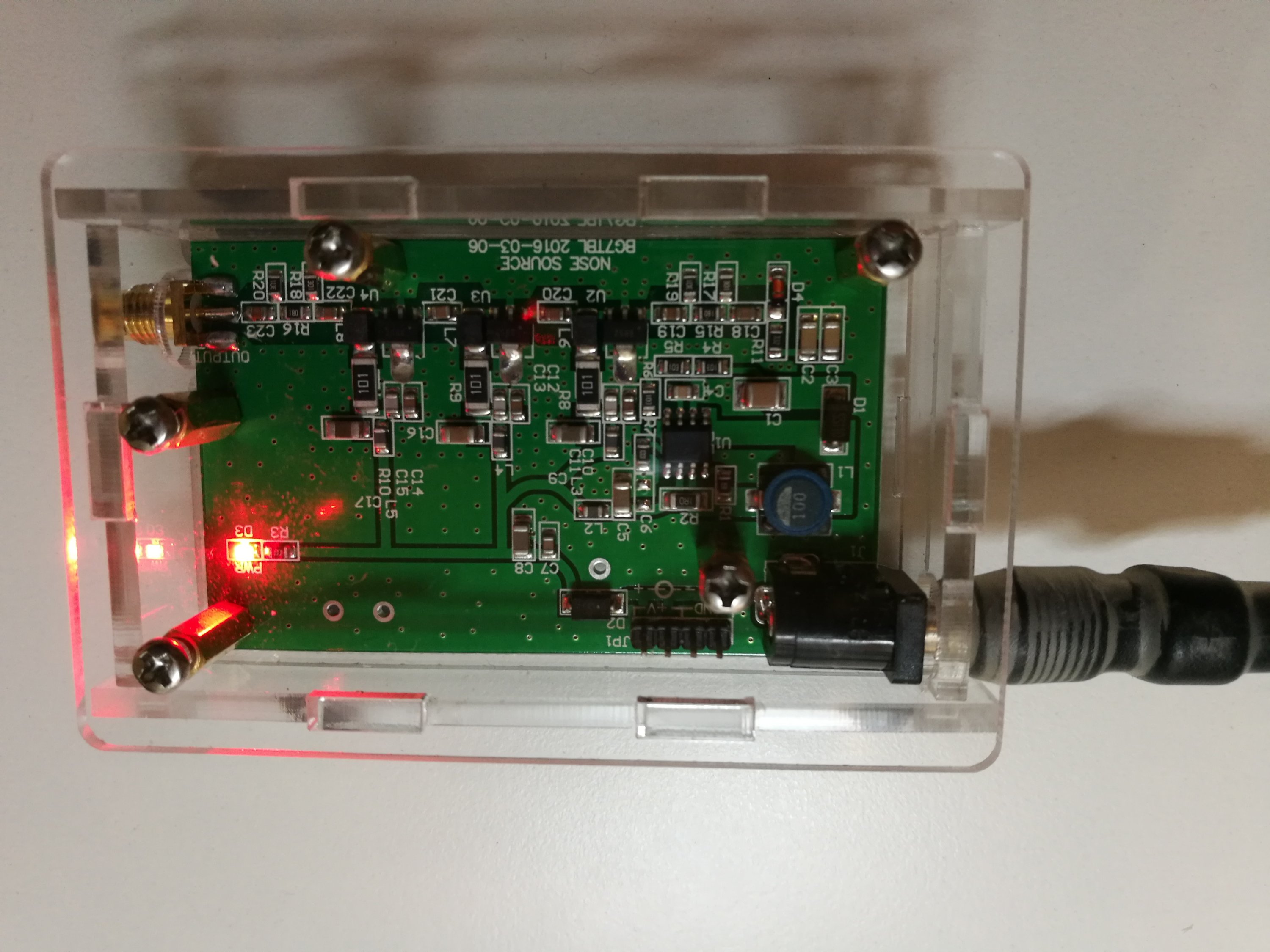
10 Comments
Tomi Engdahl says:
This tested was a new version of the popular BG7TBL noise source dated 2016-02-06. Prior to this the most recent version I had seen was 2014-08-20, and those often had a limited life span due to excessive heat. There are many of the usual Chinese vendors selling this new model, as well as many still selling the 2014 model.
versions
It seems that there are several versions, at least three. De oldest seems to be the 2013-12-18 version with two electrolytic capacitors. The 2014-08-20 design is even more complex and has six electrolytic capacitors. The 2016-03-06 is fully surface mounted and doesn’t have electrolytic capacitors. This is a good thing since electrolytic capacitors will age and surface mounted caps perform much better!
Tomi Engdahl says:
#178: Build, test, use the RF Noise Source on the Ham-It-Up RTL-SDR Upconverter
https://www.youtube.com/watch?v=HY1ijZbLfb8
Tomi Engdahl says:
Using the BG7TBL Noise Source to Characterize a HF Filter
https://www.youtube.com/watch?v=QMRxTSAjjLs
Tomi Engdahl says:
Review of a Working Chinese DC to 2 GHz Noise Source
https://www.youtube.com/watch?v=EV6TSCXh6Xo
Ajay Singh says:
To,
Manager Marketing
Sub: Quote the Dealer price for resale purpose along with technical details of NOISE GENERATOR SOURCE.
Dear Sir/Madam,
We take pleasure in introducing our company Arian Communications one of pioneers manufactures of EPABX and distributors of Security, CCTV cameras, computers peripherals and electronics components/products in Gujarat, India since 1985.
We are interested to resale NOISE GENERATOR SOURCE.
Details are attached herewith.a
Sr. No.
Description
Qty.
1.
NOISE GENERATOR SOURCE
Description attached separately
Please quote your most competitive Dealer price for resale purpose with technical details of above said items as early as possible.
Thanking you,
Ajay Singh
Business Development Officer
Arian Communication,
11, 3rd Floor, Agrawal Centre, Near Income Tax Circle, Ashram Road,
Ahmedabad-380 014, India
Email: [email protected], [email protected], Web: http://www.arianindia.com Cell : +91-94275 23669 /9898 348 706,Land line +91-79- 2754 2088
Tomi Engdahl says:
https://www.edn.com/use-a-low-cost-noise-source-as-a-replacement-for-a-tracking-generator/?utm_content=bufferf0d21&utm_medium=social&utm_source=edn_facebook&utm_campaign=buffer
Tomi Engdahl says:
https://www.edn.com/diy-6-ghz-comb-generator/
Tomi Engdahl says:
Review: Radiating comb generator provides quick harmonic measurements
https://www.edn.com/review-radiating-comb-generator-provides-quick-harmonic-measurements/
Dave says:
Where is the on/off switch? Certainly this VERY BASIC component was not forgotten, that would be just idiotic…
Tomi Engdahl says:
Using A Vacuum Diode To Make The Cleanest Noise Source You’ve Ever Seen
https://hackaday.com/2022/04/01/using-a-vacuum-diode-to-make-the-cleanest-noise-source-youve-ever-seen/
Noise is an annoying but unavoidable part of any engineering project. Fixing noise issues is hard enough, but even just measuring how much noise an amplifier adds to your signal is tricky without proper equipment like a spectrum analyzer. One other thing that makes noise measurements easier is a good, stable noise source that can serve as a reference: you first measure your amplifier without any input, and then measure it again with the noise source connected. Using a few simple formulas you can then calculate how much noise the amplifier produced.
Building a source that generates exactly the amount of noise that you want, no more and no less, is quite a challenge in itself. Several techniques exist, but [Wolfgang] over at the Electronic Projects for Fun blog decided to go for the classic method of using a vacuum diode. He describes the design and analysis of a noise source based on a 2D3B tube in a detailed article.
https://electronicprojectsforfun.wordpress.com/making-noise/noise-sources-i-have-built/a-tube-noise-source-using-the-2d3b-tube/